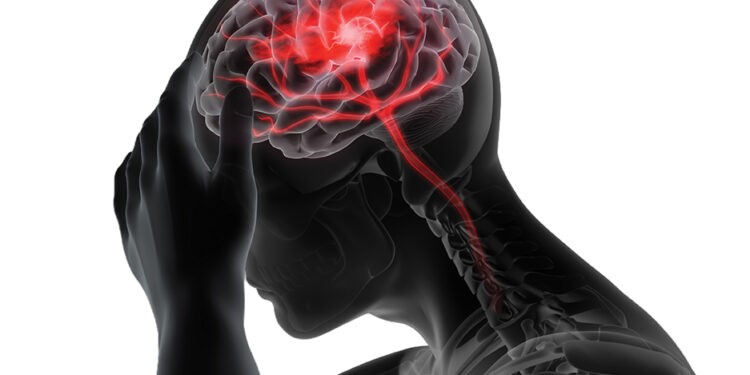Migraine and Headache Awareness Month

June is National Migraine and Headache Awareness Month, a time to shed light on these prevalent conditions that impact millions.
Headaches are a spectrum of pain, ranging from a dull ache to a throbbing sensation that can grip the entire head. They can be episodic, occurring occasionally, or chronic, striking more than 15 days a month. The American Migraine Foundation estimates that over 150 million Americans experience headaches yearly.
There are several types of headaches, each with distinct characteristics:
• Tension headaches: The most common type, characterized by a dull, squeezing pain on both sides of the head.
• Sinus headaches: Caused by sinuses’ inflammation, pressure, pain around the eyes and forehead, and facial congestion.
• Cluster headaches: These are less frequent but incredibly severe, causing burning or piercing pain on one side of the head, usually around the eye. They often occur in clusters, hence the name.
Migraines, however, are more than just intense headaches. They are neurological disorders characterized by throbbing pain, often on one side of the head. Migraines can come with a constellation of symptoms, including:
• Nausea and vomiting
• Sensitivity to light and sound
• Visual disturbances, like auras (sparkling lights or wavy lines)
• Dizziness and fatigue
The exact cause of migraines is unknown, but genetics and environmental factors are believed to play a role. Triggers can include hormonal fluctuations, stress, lack of sleep, certain foods and drinks, and weather changes.
If you suspect you have migraines, consulting a healthcare professional is crucial. Early diagnosis and proper management can significantly improve your quality of life.

There’s no one-size-fits-all approach to treating migraines. However, some common strategies include:
• Medications: Preventive medications can help reduce the frequency and severity of migraines. There are also abortive medications specifically designed to stop a migraine attack once it starts.
• Lifestyle changes: Maintaining a regular sleep schedule, managing stress levels, and staying hydrated are crucial for migraine management.
• Complementary therapies: Techniques like relaxation training, acupuncture, and massage therapy can offer some relief.
Living with migraines or chronic headaches can be debilitating. But with proper diagnosis, treatment, and self-management strategies, you can take control and reclaim your life. Here are some additional tips for managing headaches and migraines:
• Identify your triggers: Keep a headache diary to track potential triggers and avoid them if possible.
• Develop a relaxation routine: Practice yoga, meditation, or deep breathing exercises to manage stress.
• Create a healthy sleep routine: Aim for 7-8 hours of quality sleep each night.
• Stay hydrated: Drink plenty of water throughout the day to avoid dehydration which can contribute to headaches.
• Join a support group: Connecting with others who understand your struggles can be a source of strength and information.
National Migraine and Headache Awareness Month reminds you that you’re not alone. By raising awareness and advocating for research, we can work towards a future where managing headaches and migraines becomes easier for everyone. Remember, knowledge is power. Talk to your doctor, explore your treatment options, and don’t let headaches or migraines dim your light.






